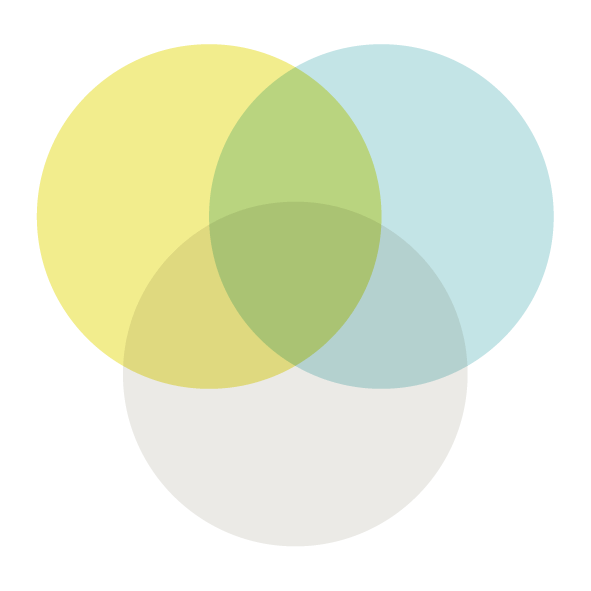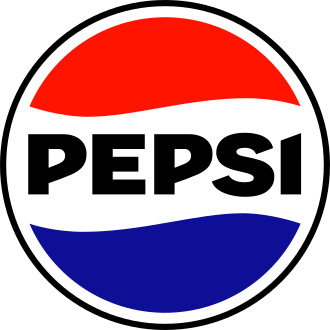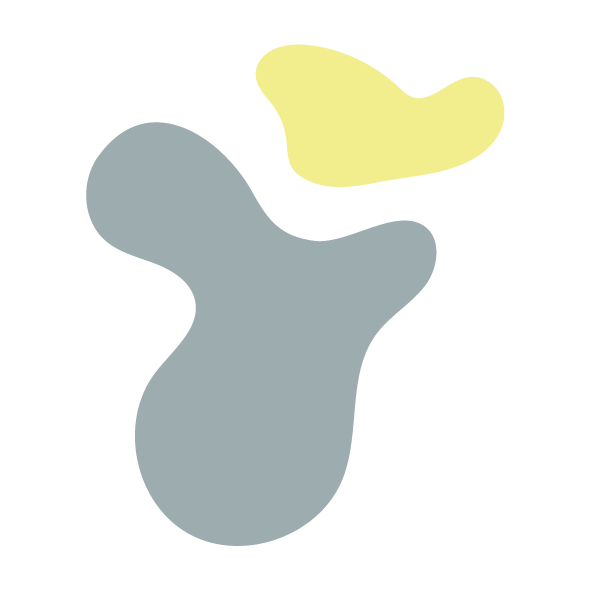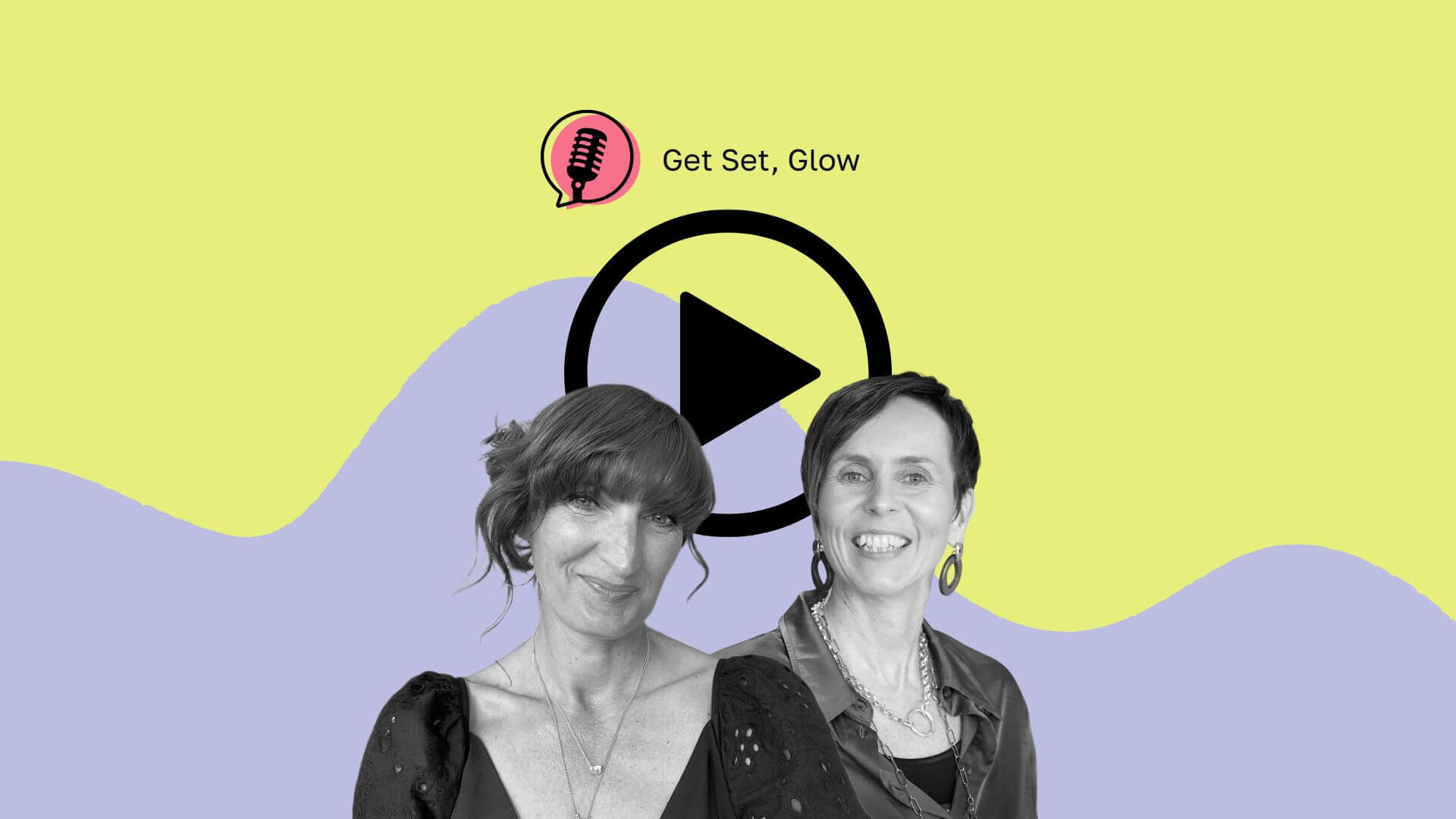Shapes carry subconscious meaning that influences how people perceive your brand. By understanding shape psychology, you can design a logo that communicates more clearly and lays the right foundation for brand identity.
6 Key Shape Types & Their Meanings


1. Circles and Ovals
Circles feel natural and complete. They create a sense of harmony and connection, often used by brands that want to appear inclusive or balanced.
Harmony
Calmness
Symmetry
Connection
Balance


2. Squares and Rectangles
Squares represent reliability and strength. Their even proportions suggest trust and professionalism, ideal for brands that value stability and structure.
Strength
Credibility
Trust
Professionalism
Stability


3. Triangles
Triangles point to movement and direction. They can express energy and ambition, making them perfect for brands that lead, innovate or inspire change.
Power
Energy
Excitement
Strength
Transformation


4. Organic or Nature-Inspired Shapes
These shapes mirror the natural world. They convey creativity, calm and growth, often used by brands with an emphasis on wellbeing or sustainability.
Creativity
Growth
Purity
Calmness
Beauty


5. Abstract Shapes
Abstract forms stand out by breaking convention. They feel bold, original and expressive, helping a brand look distinctive and modern.
Individuality
Freedom
Innovation
Uniqueness
Boldness


6. Lines
Lines guide the eye and set tone through direction. The orientation changes how people feel: horizontal for calm, vertical for strength, diagonal for energy and curved for friendliness.
Horizontal: stability, rest, calm
Vertical: strength, professionalism, structure
Diagonal: energy, movement, dynamism
Curved: friendliness, softness, creativity
Conclusion
Shapes do more than fill space – they create feeling. The right shape can make a brand feel stable, trustworthy, dynamic or creative before a single word is read.
From what we’ve seen, the most successful logos use shape with intention. They reflect the brand’s values, personality and promise through subtle visual cues that audiences instantly recognise.
When you understand shape psychology, design becomes more than decoration. It becomes communication. And that’s where a logo truly starts to work – quietly shaping how people see, feel and remember your brand.



